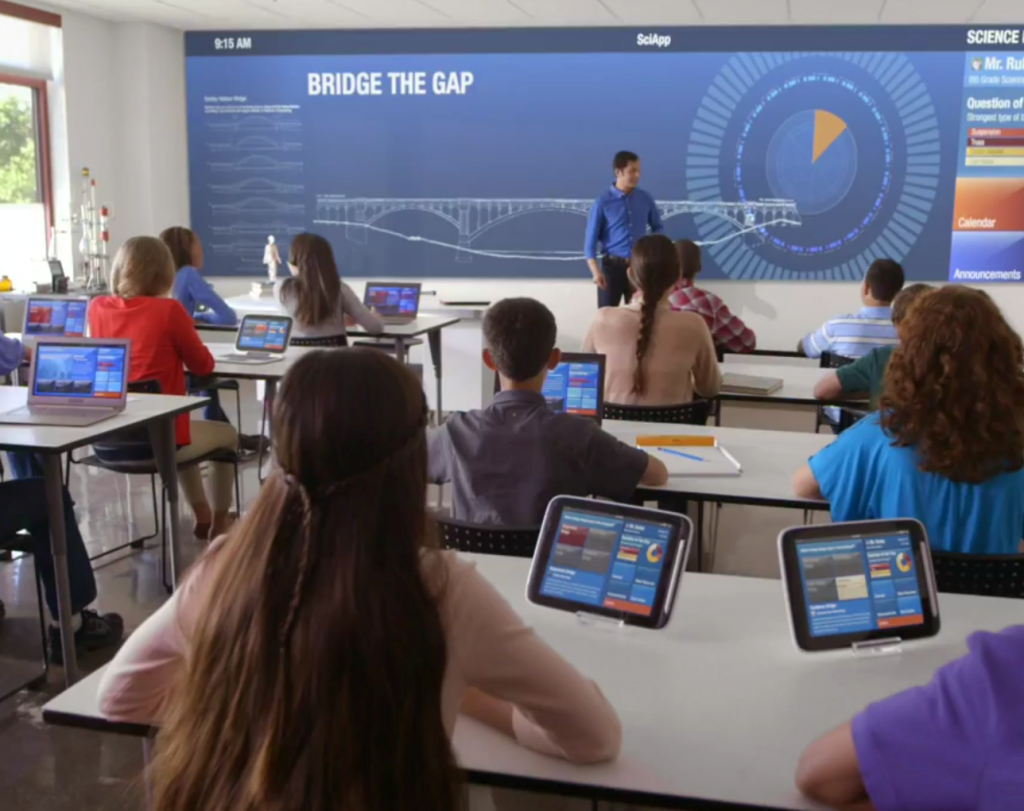<p style="text-align: justify;">Professors and secondary teachers may argue that iPads and other mobile technology in the classroom can be really distracting for students. They worry that students will spend more time on Facebook and email than they will attending closely to lecture content. Grades will drop, students and parents will get mad, and then the instructors will be blamed for students’ poor performance in class. It’s a downward spiral that ends in bad news for both parties. Companies like appendTo are always weighing options with large businesses who are in dire need of future web coders.</p>
<p style="text-align: justify;">Is that really the case, though? Students in Ronald Yaros’ journalism class at the University of Maryland are given controlled iPads that they use during class, according to a 2014 eCampusTechnology article written by Peter Sclafani and Mike Siegel. They are loaded with slides, quizzes, websites, and polls. Yaros wanted to see if students really did cease to pay attention when they were given mobile technology. Under these controlled circumstances, he delivered course material to students in two classes – one class without the iPads and one class with them. The students performed about the same on assessments at the end of the experiment, and Yaros thus concluded that the iPads really didn’t do that much, if any, damage to students’ learning.</p>
<p style="text-align: justify;">Yaros’ idea was that the iPads are one way to share the information of the course with students. Students can also use these devices to learn to create their own apps and maybe solve problems the school or students or teachers in the classroom face. The possibilities of technology integration in to the classroom are really limited only by the imaginations of instructors, administrators, and students.</p>
<p style="text-align: justify;">Teachers can create their own apps to help their students study course material; students can work together to create apps that perhaps do the same. They don’t have to be in a coding class to create apps that can make their workload lighter. Leaders in education who encourage the use of mobile technology in the classroom – as well as its creation – open up more possibilities for students to learn and be engaged with the subjects they’re learning. In most classrooms, technology can bring students’ learning to a whole new level.</p>

Mobile Technology In The Classroom
